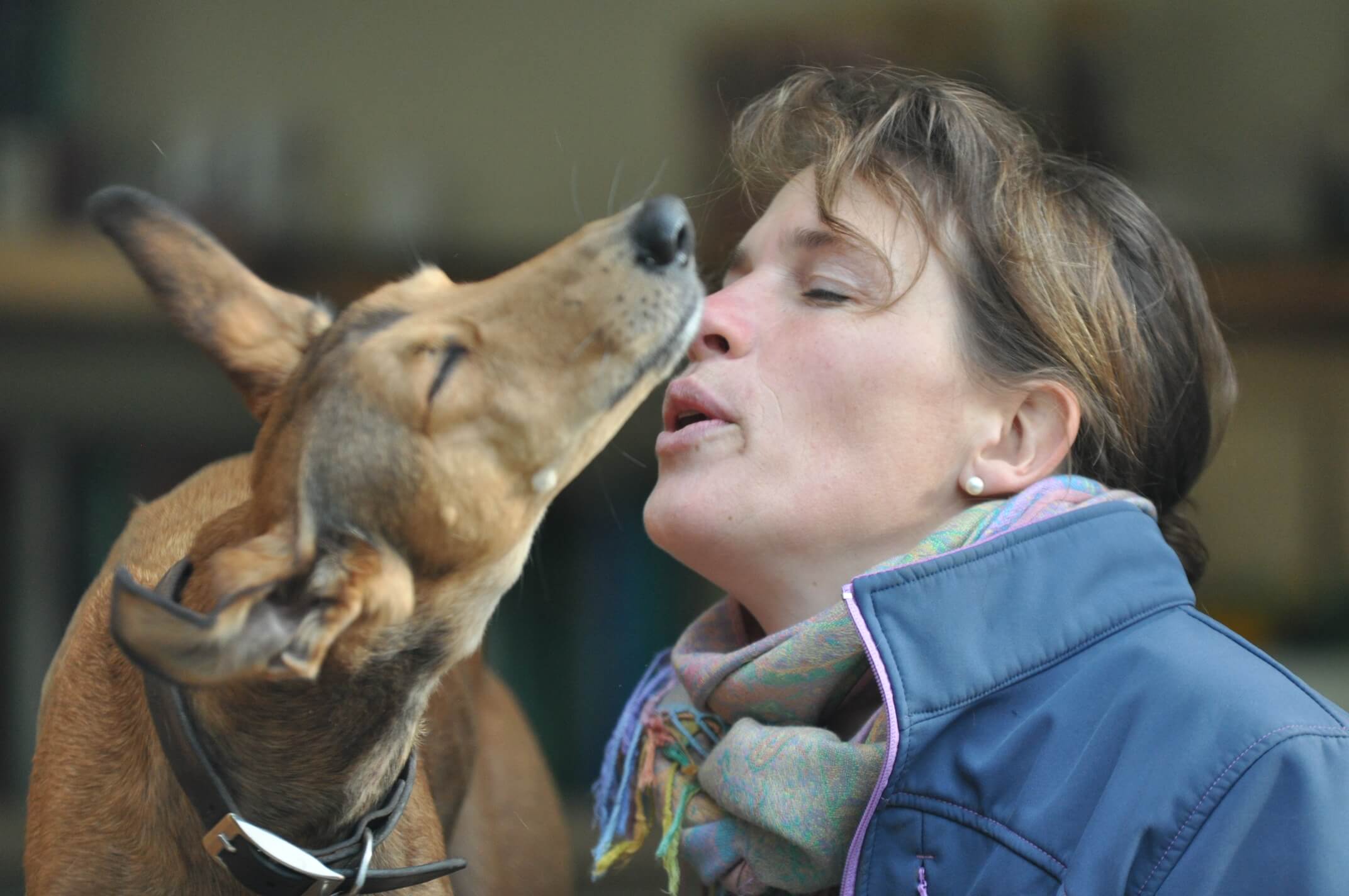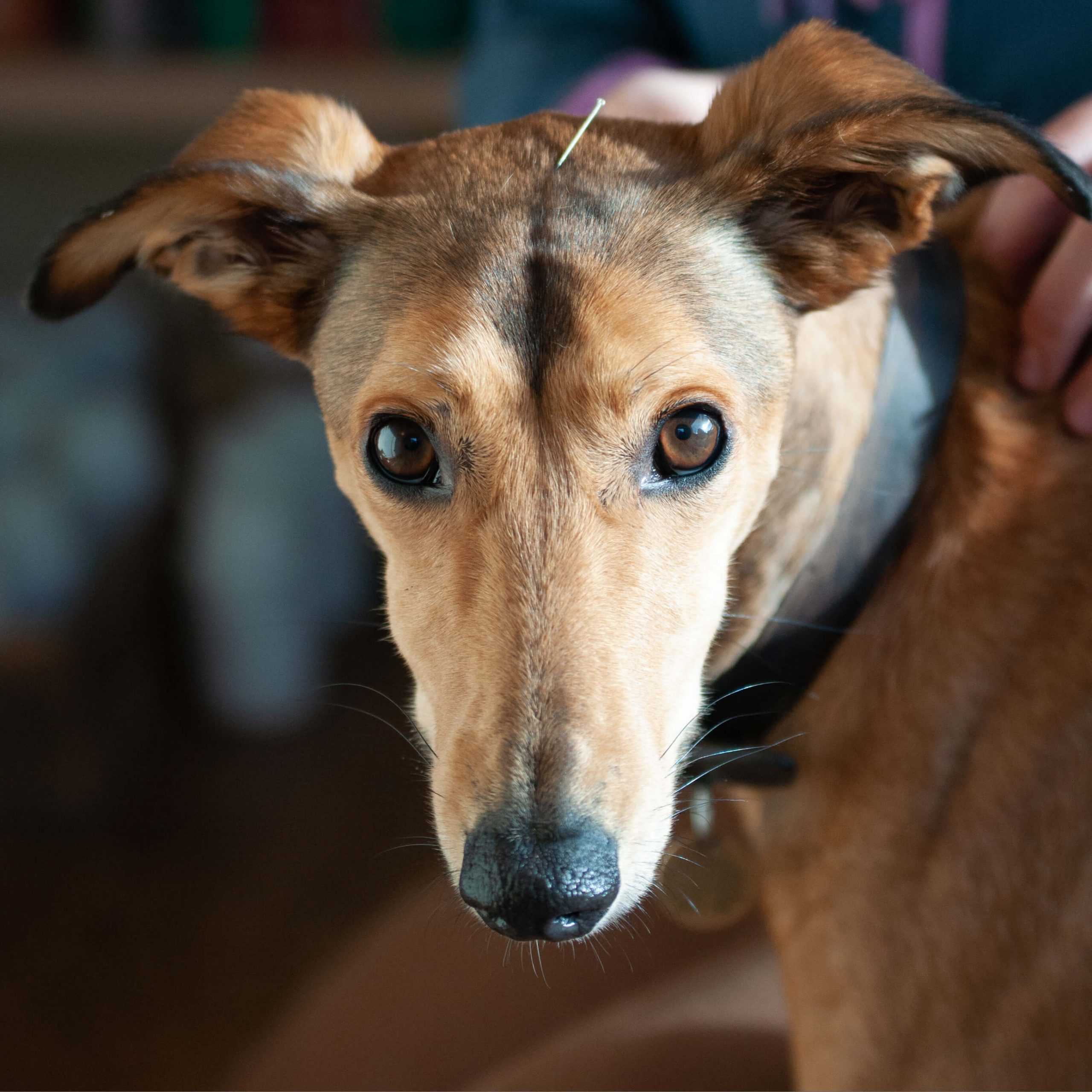We all know that dog owners are interested in providing the best possible care for your canine companion. That means knowing how to identify their health issues, in exactly the same way you would look out for human health signals. We’re here to equip you with the best possible way to do that.
Why you need to be aware of common health issues with dogs?
It’s an important part of basic care for your animal. However, whilst it’s a very big responsibility, doing it well is actually really easy! It’s not very difficult and it can make the world of difference; you could save your animal from a lot of pain and distress, and in more dramatic cases, your care and attention might be the difference between identifying and diagnosing a problem that medicine can fix, and a much sadder prognosis.

Common Health issues to look out for are:
Ear Infections
Dogs are more prone to ear infections than humans because of their more vertical ear canal. There are three types of ear infection, the most common being in the outer ear, the other two being middle and inner, which usually result from outer ear infections spreading.
The main causes of this are usually bacteria or yeast, and in puppies, mites. You should look out for an unusual build-up of wax or discharge, head shaking and scratching at the ear, and redness or swelling. We have found that dogs that are on a highly processed diet are much more prone to ear problems.
Skin Infections
Skin infections are one of the most common issues faced by dogs and can cause mild to major discomfort and upset. Look out for itching and soreness, as well as keeping an eye out for rashes and bald patches.
Skin conditions can often be worse in the summer because of temperature and allergies, but it’s important to note that skin conditions can either worsen very quickly with significant and dangerous effects, or be indicative of a much more serious problem. The same that applies to ears is ture with general skin- dogs on a highly processed diet are more prone to skin conditions, some will resolve just with a change of diet. If you are not sure, come and see us!
Hip Dysplasia
The hip joint is meant to move smoothly, but hip dysplasia is a skeletal defect that occurs during growth, which means that the ball and socket joint rubs and grinds. It deteriorates over time, can result in total loss of joint function and can be very painful.
It is hereditary in some breeds of larger dogs but does occur in small dogs too. Growing too fast, or insufficient nutrition and too much or little exercise are factors to monitor in this case. Look out for signs your dog is reluctant to run, jump, rise or climb stairs. Traditional Chinese Medicine for Animals and acupuncture for dogs are a very good tool to help with any pain pattern.
Urinary Infection
Typically, a UTI is the result of bacteria finding its way into the bladder, an area that is meant to be sterile. Attempting to urinate more frequently than usual/necessary, difficulty urinating, bloody urine and licking the area more than usual are things to keep an eye out for.
In most cases the right management including veterinary acupuncture and Chinese western herbs can clear this without the need of antibiotics. Further investigation might be necessary to find underlying disease or kidney problems if the problem doesn’t resolve.
Obesity
Obesity will shorten your pet’s life and put them at a severely increased risk of health conditions and disorders. An overweight dog means your animal will need a little more attention to come back healthy lifestyle. You can regulate your dog’s health with the right portion sizes, feeding times, treat use and exercise.
If you monitor the shape of your dog, you should be able to identify the spine and ribs (naturally without them being overly apparent). On top of this, other signs include excessive panting, exhaustion and reluctance to move, play and go for walks.
Overgrown nails
Dogs’ nails grow just like ours, and it’s important to make sure they don’t grow too long in order to avoid splayed paws resulting in deformed feet and injured tendons, and to ensure your dog has the traction and balance they need, provided by short, trimmed nails.
Clipping your dog’s nails is something you can do at home, or something your groomer can do for you, and is an easy and simple way to avoid a lot of unnecessary problems an strain on the joints.
Gum Disease
Gum disease is caused by a specific bacteria that gets into the oral cavity. In Stage One (gingivitis), it is treatable with daily/weekly brushing and good oral hygiene, but when it progresses to Stage Two (periodontal disease), the damage is irreversible.
In severe cases, it can cause loss of bone and teeth, but most will experience chronic pain and gum erosion. Healthy gums should look shrimp-coloured and shiny. A good diet is crucial for good teeth and a bone from time to time will help too.

Who can I talk to about health issues in my breed?
There are a few sensible places to start, the first of which is your vet! As a medical professional, we have years of training and valuable experience, which make it perfectly placed to offer your animal a look over, offer helpful guidance and provide the information you’re looking for. As we specialise in holistic treatment we will advise you on problems you might experience from diet such as lameness, behaviour and skin complaints. There are many other problems that can be traced to diet.
Your dogs matter to you, and they matter to us. We put this together to help you equip yourself in the best possible way to care for those most important to you, but if you’re in any doubt or you have any questions, don’t forget that we’re always here for you!

